10 Things...
I Didn't Know About Urban Food Systems
First off, thank you for the lovely messages about the previous issue and I’m very glad so many of you enjoyed it. If I haven’t responded yet, it’s because I’m still clearing my inbox.
This week, I’m writing about two related reports that came out within days of each other in July. One is much broader - about urban and peri-urban food systems - and the other is more focused on local food webs, but both devoted significant space to local markets.
They made me realise that despite being a city dweller all my life, there are still lots of things I didn’t know about these food systems. So I reached out to two experts who could shed further light on the interesting nuggets I found in the reports.
I have two enduring childhood memories associated with weekends.
One is of having to drag myself out of bed at what I considered to be an unacceptably early hour - probably about eight - to attend the weekly English language lessons that were held in my room. Yes, in my room, so I couldn’t skip them even when I was feeling unwell.
The other is of accompanying my widowed grandfather on his weekly grocery runs. There were two wet markets located in opposite directions that he frequented. They were messy and chaotic but also full of energy.
He was a regular at certain vendors and would often select his purchases based on freshness and seasonality. I found the sights, sounds, and smells of these markets fascinating. It wasn’t until much later that I discovered men don’t usually do grocery shopping in Myanmar, let alone a business owner and devout Buddhist like my grandpa.
Those visits imbued a certain love of local markets in me. But by the time I left the country a decade or so later, the inevitable transformation of diets and where we got food from was well on its way.
Air-conditioned supermarkets with aisles upon aisles of products wrapped in plastic and imported from countries near and far were appearing. More and more people were drawn to them like bees to honey, based on the perception that the food in these places was cleaner and more hygienic and the places themselves more pleasant since no haggling was involved.
Over time, both the supermarkets and the wet markets adapted. The supermarkets started stocking traditional foods and banked on aspirational shoppers, and the wet markets got upgraded, started stocking foreign imports, and remained affordable.
I thought of them as I read the two reports below, and picked out a list of interesting - and possibly little-known - factoids. I hope you find some of them interesting too.
“Strengthening urban and peri-urban food systems to achieve food security and nutrition, in the context of urbanization and rural transformation" - yes, a bit of a mouthful - from the High Level Panel of Experts on Food Security and Nutrition (HLPE-FSN) of the UN Committee on World Food Security (CFS), and,
“Food From Somewhere: Building food security and resilience through territorial markets” by the International Panel of Experts on Sustainable Food Systems (IPES-Food).
1. Urban and peri-urban food environments drive local, national and global trends.
“The challenge of food insecurity and malnutrition is increasingly concentrating in urban and peri-urban areas, and the way that the figures have historically been used tells a very different story,” Jane Battersby, lead author of the HLPE-FSN report, told me in a Zoom interview.
“You kind of get this constant narration of food insecurity and malnutrition being a rural challenge, but when you actually get hold of the raw numbers, it shows that three quarters are in urban and peri-urban areas. That kind of demands a shift in focus.”
According to the report, of the “2.2 billion moderately and severely food insecure people in the world, 1.7 billion live in urban and peri‑urban areas”. The urban poor also have very high stunting rates, as high as those in rural areas.
In addition, over 70% of the world’s food is consumed in urban areas, and urban diets usually have greater environmental impacts than rural diets, typically including more animal protein and highly processed foods.
“So if we are contemplating changing food systems, to me, a good place would be to try and enable those urban populations to have a greater choice that would enable them to buy more local and to commit to having a less meat-based diet, etc,” added Jane, who also happens to be a member of IPES-Food.
Besides, urban food demands also shape rural diets.
“One of the food system myths is that that ultra-processed foods aren’t in the rural areas yet and this notion of the rural as being so far away from the city. In the report we cite work that shows approximately 50% of rural Africans live within 14km of a city. So a lot of people who live in rural areas are profoundly influenced by the urban food systems,” said Jane.
2. It’s a multi-dimensional issue.
Hunger and malnutrition in these areas aren’t just about accessibility and affordability but are tied to many other aspects, like poverty, social protection, and livelihoods, said the HLPE-FSN report.
For example, if they have access to improved sanitation and healthcare, it is likely that both parents and children will have better nutrition. So if we want to strengthen food systems in urban and peri-urban areas, we also have to think about “redressing spatial, economic and infrastructural inequities” inherent in many of these places.
“How do we think about the role of things like infrastructure, housing, etc, in shaping both the food systems and the way in which people experience them? And how do we embed that in a kind of framing that recognises both the right to food… but also then this idea of the right to the city, which is a little bit less well-known?” said Jane.
The report defined the right to the city as “equitable and inclusive access to goods and services for a decent life.
3. But not a zero-sum game. It just requires a wider response.
There are concerns that a call to focus on these systems would mean there would be less attention on rural areas but that doesn’t have to be the case, said Jane.
“A lot of the industrialisation of the food system was to serve urban population. But the food systems that have been designed to feed those urban populations have basically focused on the production of staples and the need to maintain political stability in urban areas, and so how do we leverage that power to transition?”
“Increasingly, as people think about climate vulnerabilities, it's recognised this is also concentrated in cities, particularly in Asia, and that overlays with poverty, inequality, and environmental vulnerability.”
“So I think there's a recognition that's coming through, and we're trying to harness some of that increased awareness and thinking, “What does that mean in terms of policy and investment? Who actually takes responsibility? Because if you look at who represents countries at the CFS, it's almost always agriculture ministers, and if we're saying, “Actually, this is a much bigger food systems issue”, then who picks it up?”
“There are things that are taking place within urban and peri-urban contexts in terms of diets and consumption that are shaping food systems, but that also means there's potentially a whole bunch of new levers to affect change.”
These new levers include local governments who are able to act more transversely and potentially communicate better with their citizens than national governments, said Jane.
There are resource and capacity challenges, but there is also potential for innovation where it's more feasible for different departments of state to operate together, and also for the state and civil society to work together.
4. And it’s not always about price.
To me, one of the most intriguing parts of the HLPE-FSN report, which is quite technical, appeared on Page 61. I sort of knew this already but seeing the numbers was something else altogether.
“Notably, the impact of food price as a driver of diet quality decreases as income increases,” it said.
“In the United States, for example, over 95 percent of people can afford a healthy diet, yet less than 10% US adult population meet the recommended levels of intake for dairy, fruits and whole grains; US has overall relatively poor diet quality (a diet‑quality score of 52 out of 100); and obesity rates of over 40 percent, with significant subpopulation diet‑quality disparities.” (Emphasis mine)
Researchers are seeing a similar pattern in African countries where the consumption of highly processed foods and income are rising in tandem.
Part of this is because of the “pervasive marketing and advertising of foods high in sugar, salt and fat across both high income and low‑income contexts”. Part of this is because the cost of a food item alone do not reflect all the different factors that go into producing a healthy, nutritious meal, like the costs of cooking, transport and storage.
“We need to move away from simplistic understandings on why people do what they do in in the food space. Because, I certainly don't eat as I know I should eat, and I have more or less all the privileges in the world,” said Jane.
5. Market concentration affects urban and peri-urban consumers acutely.
“The dominance of big retailers and big food processors are really shaping what's being available, and the states seem to have a greater interest in supporting those companies and in the repression of the small-scale and informal,” said Jane.
The concentration of market power is primarily driven by corporate strategies aimed at maximising shareholder returns, often at the expense of dietary and food‑security outcomes, the HLPE-FSN report said.
“Market concentration has also been associated with the rolling back of state control of (urban and peri-urban) food systems, which reduces traceability and regulatory power as large companies and powerful actors are unwilling to share their data,” the report added.
6. Local markets and businesses are key.
“Local markets, both formal and informal, are the backbone of urban food security in most parts of the world. During COVID-19, while global supply chains collapsed, local markets adapted quickly and showed their mettle, ensuring that low-income and cash-poor communities could still access food,” Shalmali Guttal, IPES-Food expert and executive director of Focus on the Global South, told me in an e-mail.
It was to highlight the importance of these local food webs that IPES-Food published its report, which called global food supply chains brittle, fragile and highly vulnerable to climate shocks.
They use valuable resources to produce ultra-processed foods, livestock feed, and fuel instead of healthy foods, force us to rely on a handful of crops, and encourage us to adopt a standardised diet that actually makes us less resilient, it said.
In contrast, small-scale and family farmers produce 80% of the food supply in sub-Saharan Africa and Asia, IPES-Food said, citing an FAO study.
All this means we need to stop stigmatising ‘wet markets’ (like we did during the COVID-19 pandemic), according to Shalmali, who said, “These markets kept food flowing even in the worst crises.”
7. But the definition of “local” can be subjective.
Is it down the street, around the corner, a bus ride away, within a hundred kilometre radius, or a day’s travel? Does it mean it’s within national borders?
“On average, globally, 80% of cities’ food needs are supplied within a 500 km radius,” said the IPES-Food report. “Urban and peri-urban agriculture play a critical role – involving 50% of Latin American and 40% of African city dwellers, and more than a billion people worldwide.”
Few countries can be fully self-sufficient though.
The HLPE-FSN report said that in most high-income countries and in Asia and South America, “food consumed is mostly produced within national borders and traded domestically”.
But 77 out of the 106 developing countries in the world are net food importers, mostly in Africa and the Near East and among the Small Island Developing States.
“There is a trend of increasing food imports in most parts of the world that affects the stability and sustainability of food security in the face of increasing global‑scale shocks and conflicts,” the HLPE-FSN report added, which brings us back to Pt. 5 above: the fragility of global food supply chains.
“There’s this assumption that urban areas are naturally able to be fed from their rural hinterlands. It's a lot more complex than that. Obviously we should be working towards trying to enable greater territorial systems. But I think we also need to recognise that it is a globalised system,” said Jane.
“We have the example in the report (page 10) of the fish from Kisumu in Kenya ending up being sold in markets in Nairobi and China and the Kenyan consumers buying Chinese imported fish. We need to recognise the complexity.”
8. Enter “territorial markets”?
Also, the term “local” can be misused/abused.
“The Oakland branch of the Whole Foods supermarket chain labelled their cashew-based yoghurt substitute as “local” because the manufacturer is based in nearby San Francisco, although the nuts come from Vietnam or Ivory Coast,” said the IPES-Food report, which talked at length about “territorial markets”.
Territorial food systems can be local, regional and transborder and many territorial markets trade food from a wider geographical area than is commonly understood as ‘local’, it said.
“Territorial markets are close-to-home food markets that involve diverse distribution channels and outlets,” said Shalmali.
“In these markets food comes from nearby farms and communities, and is sold directly to consumers - through street vendors, public markets, cooperatives, local shops, online sales, and even innovative forms of exchange.”
“They take place within specific regions and localities… They are based around small-scale producers and vendors, and they build community, local livelihoods and economies as much as provide seasonally diverse food.”
“Territorial markets are especially important to, and enhance the agency of women producers and entrepreneurs, which in turn contributes significantly to gender empowerment and equality.”
Whether this term will catch on or be limited within policy circles remains to be seen.
9. What isn’t subjective, though, is that local food webs have been neglected.
Around the world, investment and government support has been skewed towards industrial export agriculture, global trade, and large-scale commodity infrastructures, while informal markets and street vendors lack basic services like clean water and sanitation facilities, said the IPES-Food report.
They also face unsuitable, corporate-oriented health and hygiene rules as well as the risk of violent closures and evictions. In Africa, wholesale markets have been starved of government investment, despite 80% of food transiting through them, it said.
Financing for smallholders is also lacking: 70% of the needs go unmet globally and less than 10% have access to formal credit in Africa, according to IPES-Food. There is also a dearth of storage facilities for both food producers and buyers.
All of this affect local food webs.
“Without adequate storage facilities, (smallholders) are forced to sell at low prices when there is a glut on the market. Institutional purchasers like schools and hospitals lack on-site processing capacity, driving them to larger corporate vendors.”
The HLPE-FSN report also said governments have been unwilling or unable to provide support for small and medium-sized enterprises. They are integral to food security in urban and peri-urban settings but cannot compete with large retailers who can undercut them.
“The small scale and informal are vital components of urban and peri-urban food systems, particularly for the poor, and yet they are persistently marginalised and sidelined and I think that trend is set to to continue,” said Jane.
“We're going to see greater concentration, and I don't think it necessarily does anything good in terms of food security and nutrition, and certainly denudes agency of people within the system. I think one of the things that the HLPE reports over the last few years have been really trying to add is this notion that agency is a critical component of food security.”
10. There are many things we can do, at multiple levels, to change things.
These include policies on land use, infrastructure investment, public procurement, support for local markets as well as adopting a holistic approach that targets the multi-dimensionality of the issue.
These include campaigning national governments to increase financing and capacity of local governments, working to improve data, research, and knowledge of urban and peri-urban food systems, and planning for future shocks.
These also include pushing for fairer and greener global trade rules.
“At the moment, the trade rules are not designed in the interest of health or ecology, and I think we need to be exerting pressure on WTO, etc, to address some of those inequities,” said Jane.
There are already many good examples of how pioneering cities and regions are investing in urban markets and sustainable local supply chains, said IPES-Food.
In Barcelona, Spain, investment in key infrastructure for the 39 public food markets helped it to reach 66% of the population.
In Rosario, Argentina, planning policies and support for agroecology and municipal markets have made it a world leader in urban agriculture and brought food production closer to city-dwellers.
In Brazil, school feeding schemes that require at least 30% of food to be sourced from family farms now reach 40 million children.
Check out Chapter 8 of the HLPE-FSN report and Chapter 5 of the IPES-Food report for a detailed breakdown of what can and should be done.
Thin’s Pickings - The Meat Edition
I’m keeping this to only links because the issue is already long!
‘I am always tired’: life in the long shadow of factory farming in Europe - The Guardian picture essay
How the most powerful environmental groups help greenwash Big Meat’s climate impact - Vox Future Perfect
How a livestock industry lobbying campaign is turning Europe against lab-grown meat - Unearthed
As always, have a good weekend, and please feel free to share this post and send tips and thoughts on mastodon @ThinInk@journa.host, my LinkedIn page, twitter @thinink, or via e-mail thin@thin-ink.net.


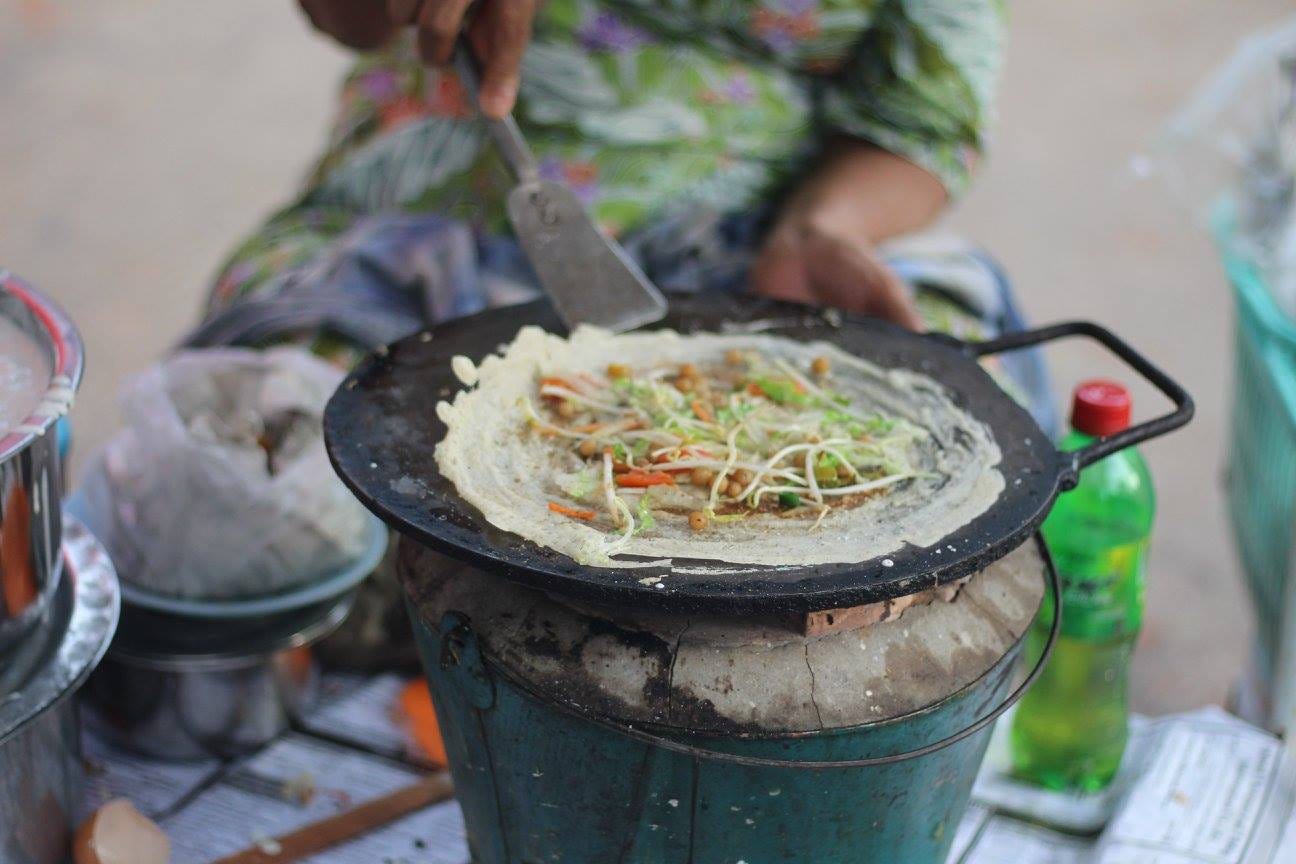
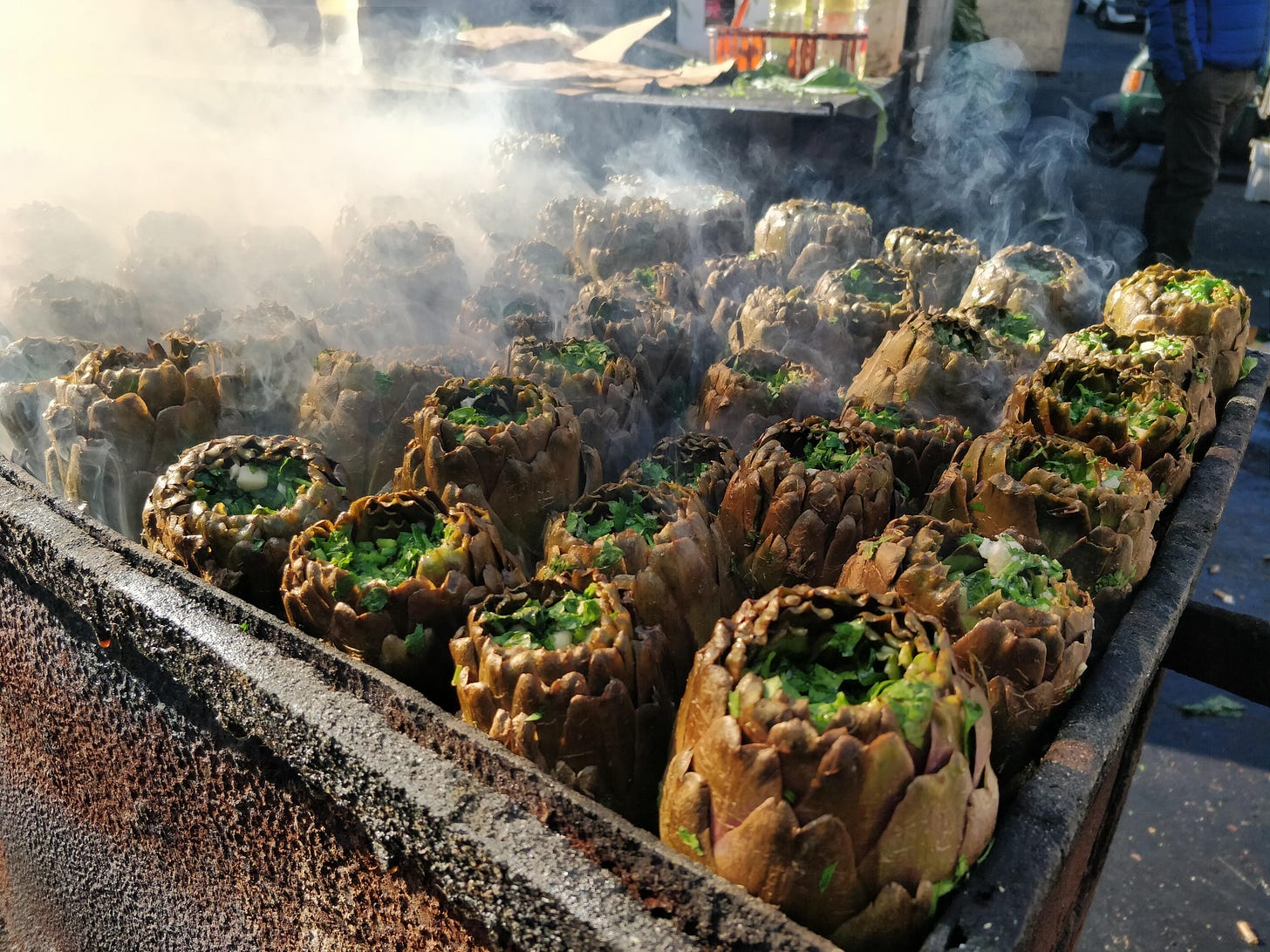

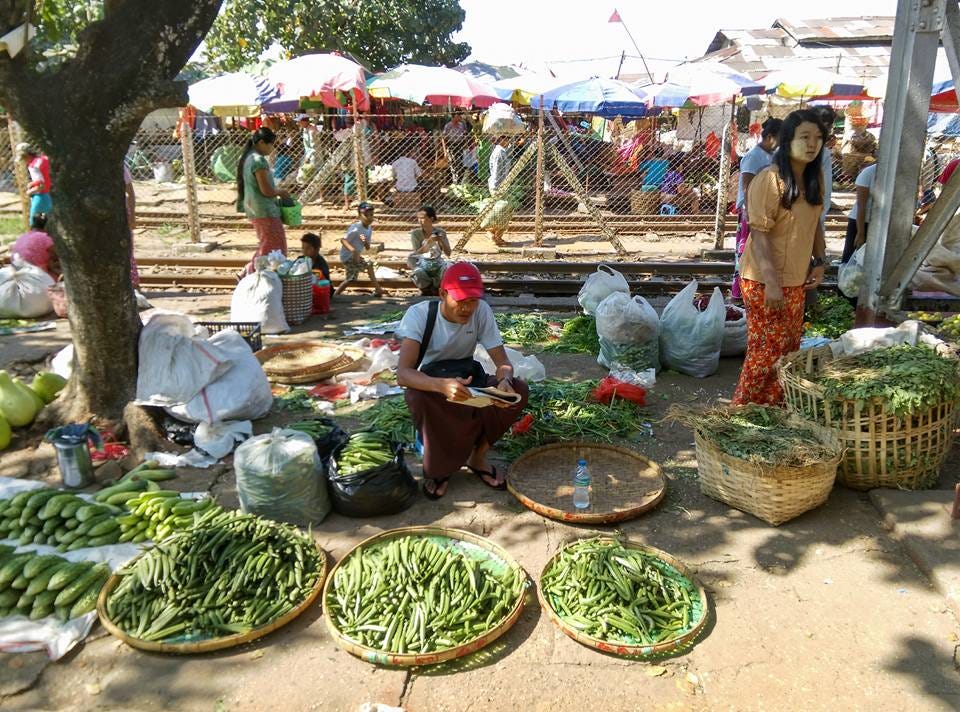
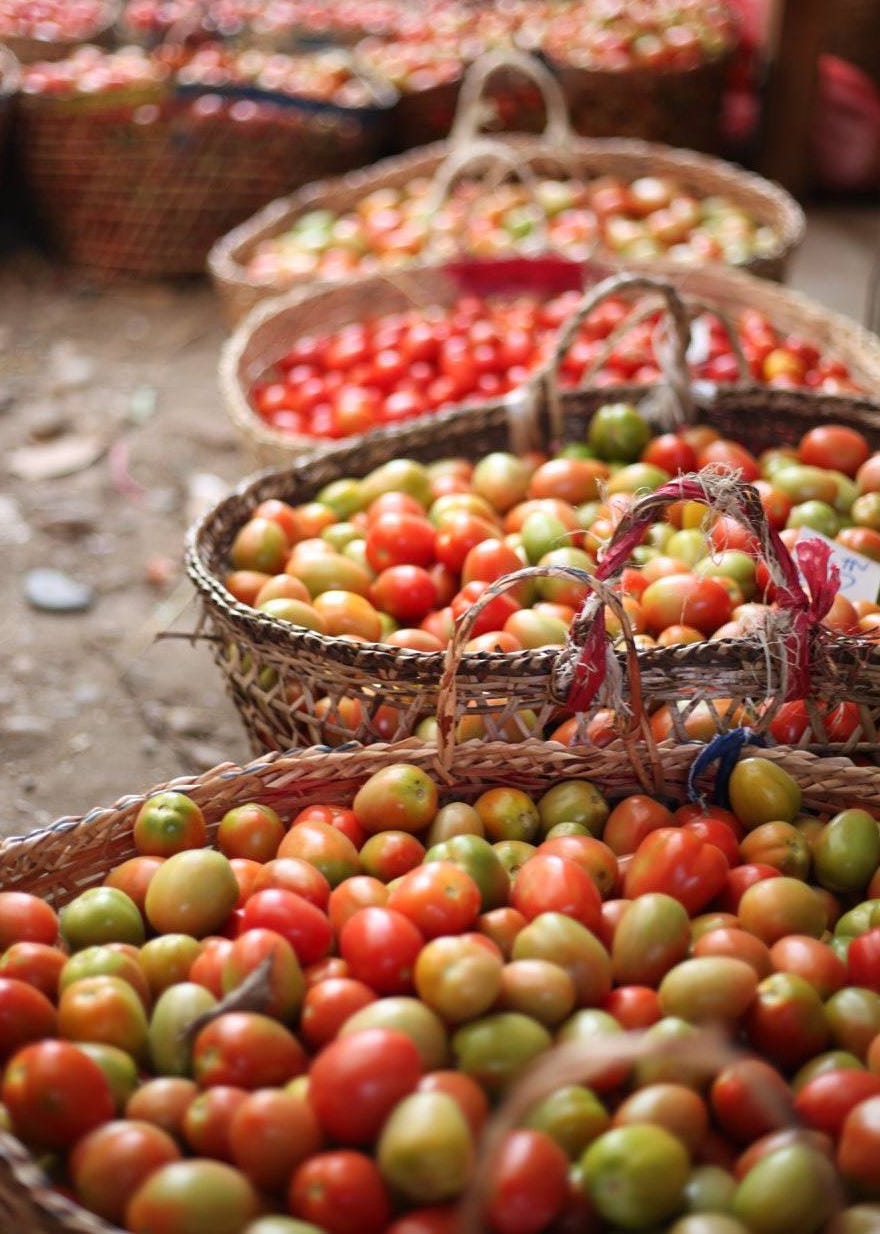
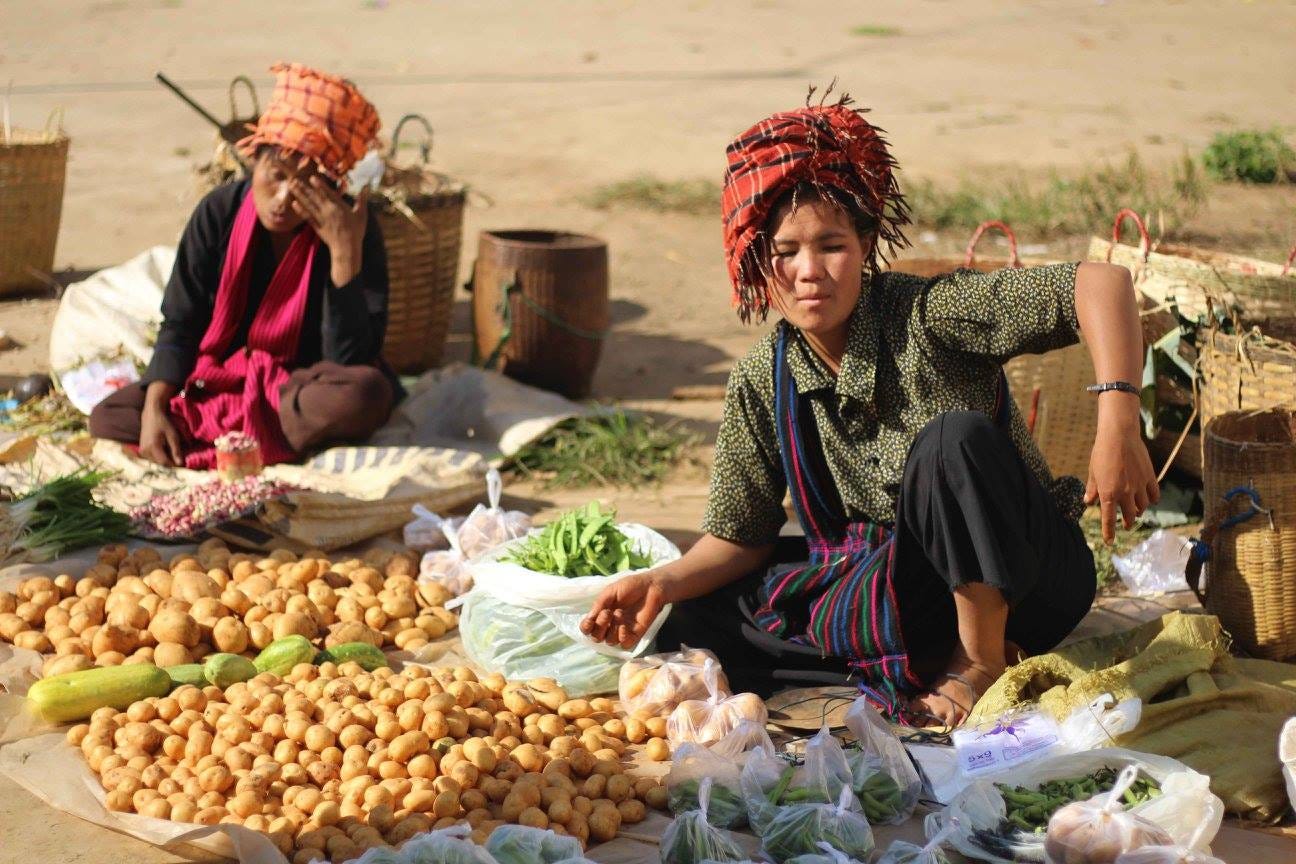


amazing article